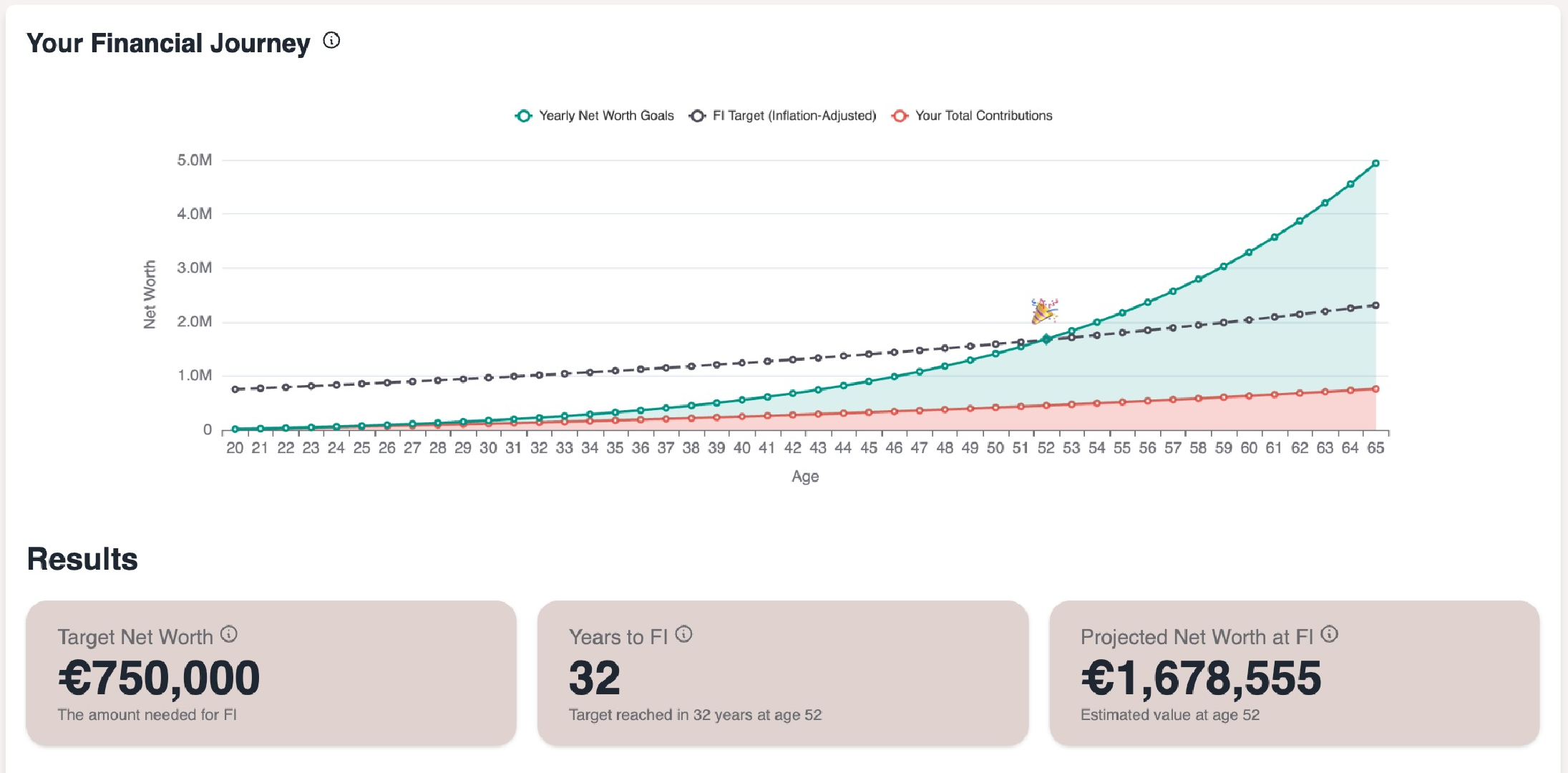So you’ve heard about financial independence, but what exactly does it mean? And more importantly, how can you achieve it? In this article, we’ll explore the concept of financial independence and provide you with practical steps to get there. We’ll also discuss how personal finance apps can support your journey, making it easier to track progress and stay motivated. By the end, you’ll have a clear roadmap to financial freedom and an understanding of how technology can assist you along the way.
The information provided in this article is for educational purposes only and should not be considered as financial advice.

What is Financial Independence?
Financial independence is the state of having enough income or wealth to pay for your living expenses without having to be employed or dependent on others. It’s about having the freedom to make life choices without being overly stressed about the financial impact. Financial independence gives you the choice to work because you want to, not because you have to.
Why Pursue Financial Independence?
Financial independence is more than just a financial goal; it’s a lifestyle choice that can profoundly impact your overall well-being and life satisfaction. By achieving financial independence, you gain the freedom to choose how you spend your time, whether that’s pursuing passion projects, spending more time with family, or exploring new interests. This flexibility can lead to reduced stress and improved mental health, as you’re no longer bound by the constraints of a traditional 9-to-5 job. Additionally, financial independence provides a greater sense of security and resilience during economic downturns or personal financial challenges. It opens up possibilities such as early retirement, extended travel, or the ability to switch careers without worrying about a paycheck. Ultimately, pursuing financial independence is about taking control of your financial future and creating a life that aligns with your values and aspirations. Financial independence gives you:
- Freedom to choose how you spend your time
- Reduced stress and improved mental health
- Ability to pursue passions and personal projects
- Greater resilience to economic downturns
- Opportunity to retire early if desired
The 6 Steps to Financial Independence
Let’s break down the journey to financial independence into six manageable steps. Remember, everyone’s path is unique, but these principles apply universally.
1. Spend Less Than You Earn
This is the foundation of financial independence. Here’s how to make it happen:
- Review your monthly expenses and income
- Create a simple budget: Allocate funds to needs, wants, and savings
- Cut unnecessary expenses: Small changes add up and free up money to save
- Increase your income: Explore side hustles or ask for a raise
- Find balance: Leave room for enjoyment while building your future
Tip: Use Emberist’s account balance tracking to get a clear picture of your overall financial health each month, without the need to log every single expense.
2. Build Your Safety Net
An emergency fund is crucial for financial stability. Here’s why and how:
Why an Emergency Fund?
- Protects against unexpected expenses or income loss
- Provides peace of mind and financial security
- Avoids debt accumulation during challenging times
How Much Do You Need?
- Start small: Save up 1 month of living expenses
- Gradually build to cover 3-6 months of living costs
- Adjust based on job stability and personal circumstances
Where to Keep It?
- High-yield savings account, separate from daily spending
Tip: Monitor the growth of your emergency fund using Emberist’s account balance tracking feature.
3. Pay Off High-Interest Debt
Tackling high-interest debt is crucial for financial independence:
- Prioritize debts with interest rates above 4%
- Use the Avalanche Method: Focus on highest interest debts first
- Consider balance transfer or debt consolidation options
Tip: Use Emberist’s account history feature to visualize your debt balance over time. The line chart of your account value will show your progress as the debt decreases.
4. Invest for Retirement and Financial Independence
Investing is key to building long-term wealth:
- Calculate your financial independence number (Emberist can help!)
- Start small and increase investments over time
- Take advantage of employer matches and tax-advantaged accounts
- Consider low-cost index funds for broad market exposure. Get started by looking at our ETF guide.
- Automate your contributions for consistency
Tip: Emberist will remind you to invest and update your accounts regularly, helping you stay on track with your investment strategy.
5. Save for Other Goals
Financial independence isn’t just about retirement:
- Identify your personal aspirations (e.g., home ownership, travel, education)
- Prioritize goals based on importance and timeline
- Set realistic milestones and celebrate progress
- Automate savings for each goal
6. Continuously Educate Yourself
Financial knowledge is power:
- Stay informed about personal finance topics
- Read books, listen to podcasts, and follow reputable finance blogs
- Attend workshops or webinars on investing and money management
- Regularly review and adjust your financial strategy
Tip: Check the Emberist’s learn section regularly for new articles and tips on financial independence strategies.
How Emberist Supports Your Financial Independence Journey
The Emberist app is designed to be your companion on the path to financial independence:
- Account Balance Tracking: Monitor your overall financial health without the need for detailed expense tracking
- Net Worth Calculator: Keep tabs on your progress towards financial independence
- Investment Reminders: Stay on track with regular prompts to update your investment accounts
- Educational Resources: Access a wealth of financial knowledge in the learn section
Remember, the journey to financial independence is a marathon, not a sprint. Stay consistent, be patient, and use tools like Emberist to keep you on track. With dedication and smart financial habits, you’ll be well on your way to achieving the freedom and security that comes with financial independence.
The information provided in this article is for educational purposes only and should not be considered as financial advice. Everyone’s financial situation is unique, and the strategies presented here may not be suitable for your individual circumstances. Always conduct your own research and consult with a qualified financial advisor before making any significant financial decisions.

